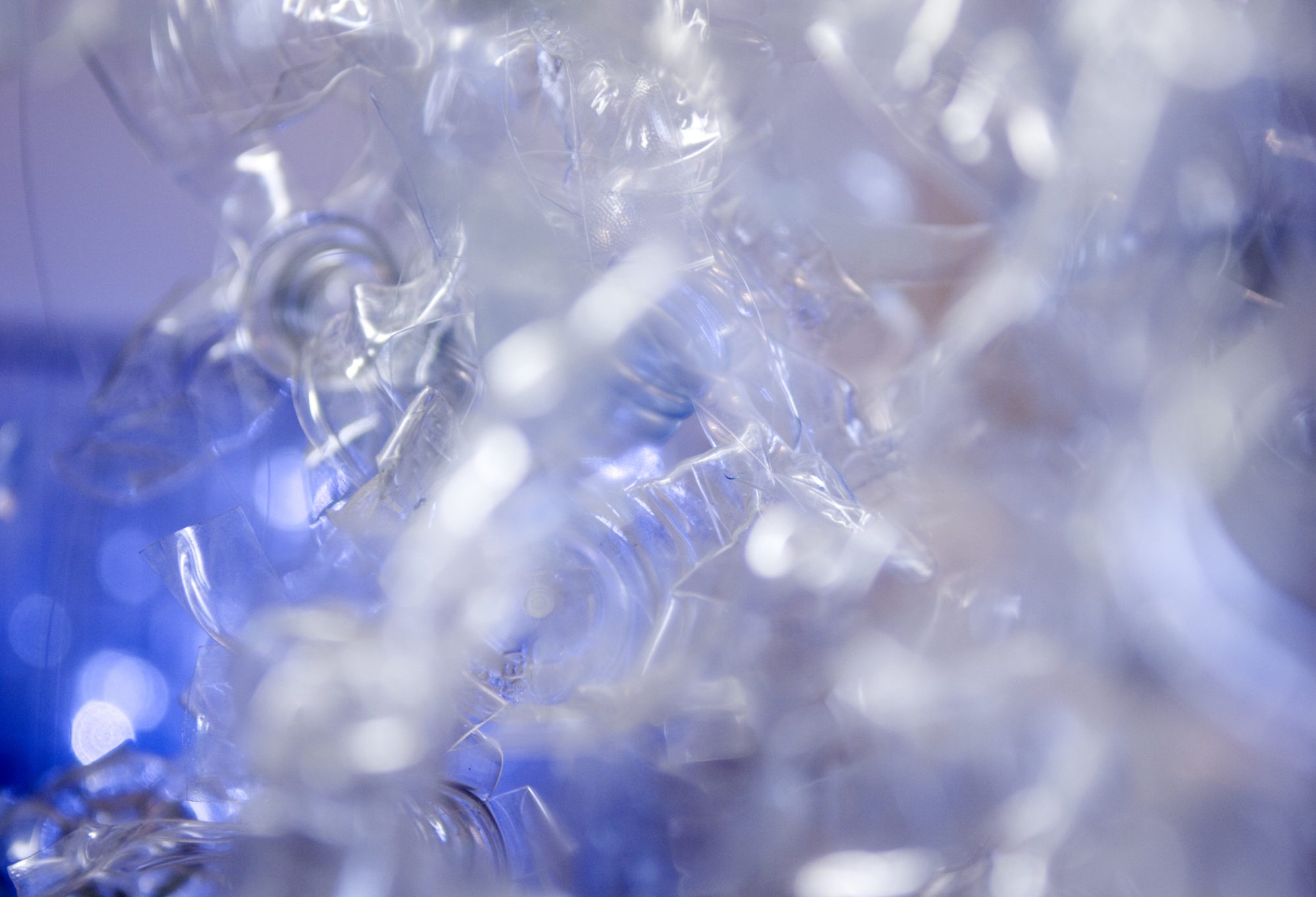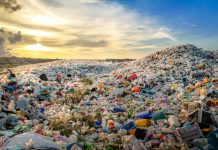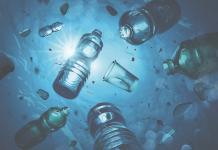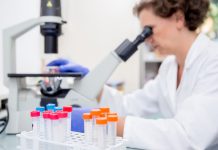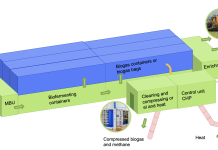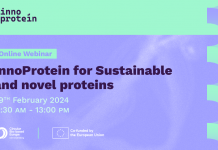A biodegradable plastic, able to be produced at room temperature in water with self-healing properties, has been made from entirely environmentally friendly materials
In 2016, the research team of University of Konstanz chemists generated the base for a mineral plastic. However, a crucial problem with this project was in its chemical composition: despite being a sustainable plastic, it was difficult to biodegrade.
To make this plastic sustainable and biodegradable, they switched its manufacturing materials from petroleum-based ingredients such as polyacrylic acid, to polyglutamic acid.
Now, while being very energy-efficient without requiring any toxic solvents, this biodegradable plastic can be shaped into anything before hardening. By adding water, it can then also be converted back to its “chewing gum” form at any time and be reshaped and thus recycled as often as desired.
Using polyglutamic acid to lessen the environmental impact
This alternative basic building block helped the research team develop an environmentally compatible mineral plastic that retains the intriguing properties of the original material.
Helmut Cölfen explained his process in changing the acid used: “Previously, we used polyacrylic acid to produce our mineral plastic. Chemically, this acid has the same backbone as polyethylene, which is known to cause major problems in the environment because it is hardly biodegradable.”
The next generation of mineral plastic
Having moved from petroleum-based ingredients such as polyacrylic acid, they now use polyglutamic acid, as this natural biopolymer is readily available in large quantities and can even be obtained sustainably, for example from biotechnological production using microorganisms.
This resource is particularly interesting to the researchers as it had a variety of microorganisms that already exist in the environment can degrade polyglutamic acid.
Cölfen said: “Our new mineral plastic has the same positive properties as the previous one, but has the decisive advantage that its basic building block – polyglutamic acid – can be produced with the help of microorganisms and is completely biodegradable.”
Microorganisms degrading the plastic
In order to prove its biodegradability, and its application to the new mineral plastic itself and not just to its individual components, the chemists made the mineral plastic disappear again by using microorganisms.
In degradation experiments, the biologists demonstrated that microorganisms found in forest soils, for example, began metabolizing the mineral plastic after just a few days.
After only 32 days, the microorganisms had completely degraded the plastic.
Overall, this mineral biodegradable plastic with all its positive material properties is sustainable, energy efficient, recyclable and more.
Editor's Recommended Articles
-
Must Read >> Transforming plastic waste into sustainable clothing


